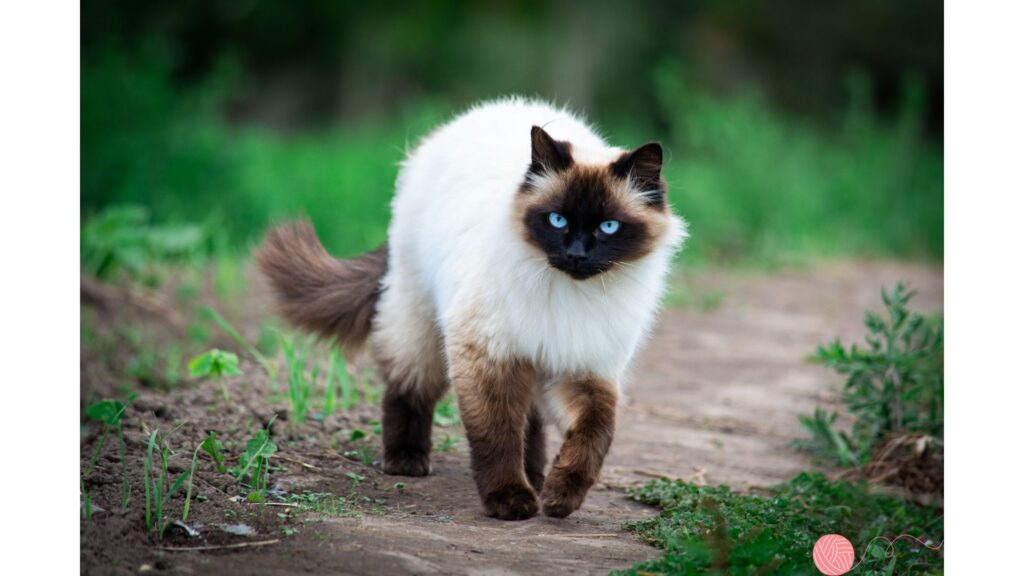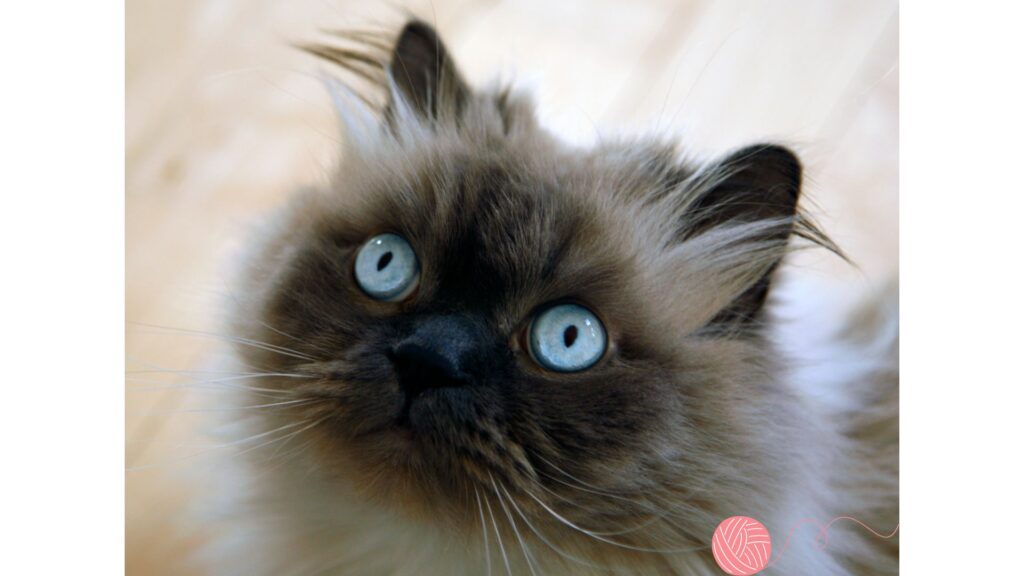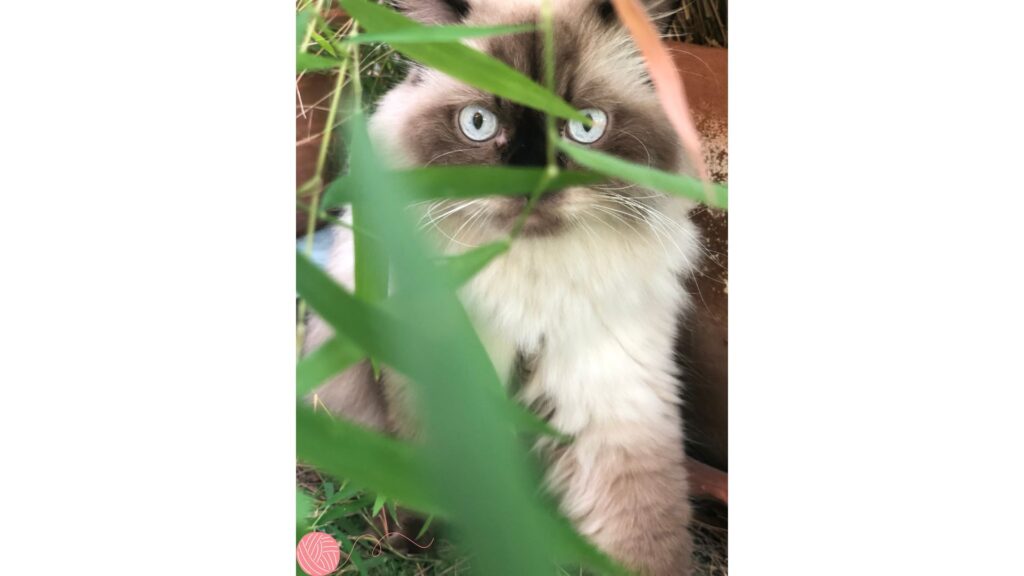Himalayan cats, often referred to as “Himmies,” are one of the most beloved and picturesque cat breeds. With their striking blue eyes, luxurious coat, and sweet temperament, they make an exceptional addition to many homes. This comprehensive guide will delve into what makes the Himalayan cat a unique feline companion, covering their history, characteristics, care needs, and health considerations.

Origin and History of Himalayan Cats
Himalayan cats are a crossbreed between Siamese and Persian cats, designed to combine the Persian’s long, beautiful fur with the Siamese’s striking blue eyes and color points. This breed was intentionally developed in the 1950s in the United States and quickly gained popularity for its stunning appearance and amiable nature.
Physical Characteristics
Himalayan cats are easily recognizable by their large, round eyes, flat faces (also known as “peke-face”), and long, flowing coat. They inherit the color-point pattern from the Siamese parent, which includes a lighter body with darker extremities—face, ears, paws, and tail. Adult Himalayans typically weigh between 7 to 12 pounds, making them medium-sized cats.
Personality Traits
Himalayans are known for their calm and placid temperaments. They often form strong bonds with their owners and can be very affectionate. Unlike many high-energy breeds, Himalayans prefer lounging around and enjoying lengthy petting sessions. Their gentle and sweet disposition makes them excellent companions, particularly suitable for families with children or other pets.

Caring for Your Himalayan Cat
Grooming
Due to their long, dense fur, Himalayan cats require regular grooming to prevent matting and reduce shedding. Daily brushing is advisable, which not only helps in maintaining their coat but also serves as a bonding activity between you and your pet.
Diet
Like all cats, Himalayans need a balanced diet rich in high-quality protein. Because of their less active nature, it’s crucial to monitor their food intake to prevent obesity, which can lead to other health issues.
Health and Exercise
Himalayan cats may inherit some of the health problems common to their Persian and Siamese ancestors, including respiratory issues due to their brachycephalic face and potential kidney issues. Regular veterinary check-ups are essential to address any health concerns early. Though not overly energetic, engaging them in light play can help keep them healthy and stimulated.
Common Health Issues
Be mindful of conditions such as polycystic kidney disease, progressive retinal atrophy, and respiratory difficulties due to their shortened faces. Regular visits to the vet can ensure that your Himalayan leads a healthy and full life.

Are Himalayan Cats the Right Pet for You?
If you’re looking for a gentle and affectionate companion who prefers a relaxed lifestyle, the Himalayan might be the perfect match. Their gorgeous appearance and loving nature make them delightful pets that enrich the lives of their owners.
Conclusion
The Himalayan cat’s stunning looks and sweet demeanor have made them a favorite among cat enthusiasts. By providing proper care, regular grooming, and lots of love, your Himalayan will be a joyful and cherished member of your family for years to come.
If you’ve been captivated by the charm of the Himalayan cat and are considering making one part of your family, remember that their needs for affection and care are as ample as their beauty. As with any pet, commitment and responsibility are key to nurturing a happy and healthy feline friend.
Understanding the unique aspects of the Himalayan cat will ensure you enjoy a harmonious relationship with these magnificent felines. Whether nestled on a lap or perched on a window sill, a Himalayan cat makes a picture-perfect companion in any loving home.




